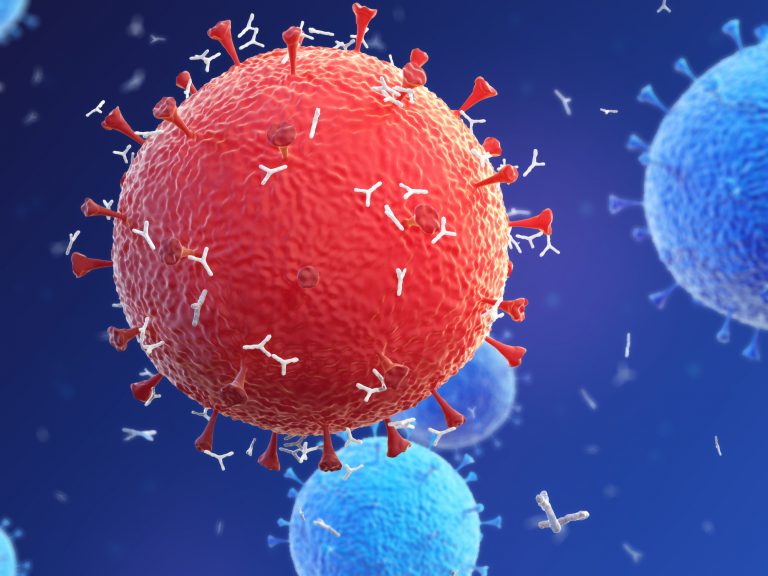
Small studies have shown the potential of convalescent plasma as a treatment for COVID-19, but the exact benefits of employing it as a treatment are still in doubt. Now, new information from Canadian researchers suggests that the earlier the plasma is collected after a donor’s recovery, the more antibodies will be present in the sample, as antibodies begin disappearing three months after onset. The findings, reported in the journal Blood, may have implications for COVID-19 vaccine design and to help determine how many people in a community have recovered from the virus.
“While many clinical trials are underway to better understand whether convalescent plasma is clinically beneficial for treating COVID-19, a key question is at what time point is it most effective to collect donor plasma based on the presence of antibodies that help fight the virus,” said Renée Bazin, Ph.D., of the Héma-Québec blood center and author of the study. “Based on our findings, antibodies against the new coronavirus are not eternal.”
This study, which included 282 COVID-19 plasma donors in Quebec, Canada, followed 15 adults (11 males and 4 females) who were diagnosed with and subsequently recovered from COVID-19. While their symptoms ranged from mild to severe, none of these donors were hospitalized. Each patient donated plasma between four and nine times with the first donation occurring between 33 and 77 days after symptom onset and the last donation between 66 and 114 days.
Bazin said the present study is one of the first longitudinal analyses to show that people who were seropositive—that is, they had produced antibodies against the virus that causes COVID-19—become seronegative, which means there were no detectable antibodies after a certain point. The decline in antibodies over time appears unrelated to the number of times plasma was donated by the patients and was due to a natural waning of the immune response over time. All 15 donors showed decreases in antibodies at the same time, around 88 days, and half of the detectable antibodies decreased within 21 days afterward.
“The antibodies disappear rapidly, so people recovering from COVID-19 who want to donate blood plasma should not wait too long once they become eligible to donate,” said Bazin.
For the study, the researchers focused on antibodies to one target for the virus called the receptor binding domain (RBD). RBD is a protein on the surface of the virus that binds to the ACE-2 receptor on the cell surface and unlocks a door through which the virus enters and infects the cell. The immune system has demonstrated, however, it can develop RBD antibodies that inhibit the protein’s ability to fit into and open the door through the ACE-2 receptor, thereby preventing the virus from entering the cells.
“Based on our findings, clinicians should ideally use plasma that is collected early on after a donor’s onset of symptoms and check for the presence of antibodies before giving donor plasma to a patient,” said Bazin.
She noted that nearly 7% of the original 282 donors did not have detectable antibodies at their first donation and this proportion doubled when considering donors who waited more than 11 to 12 weeks after symptom onset before donating.
Of course, understanding the drop-off of antibodies following natural infection with COVID-19 has practical applications not only to help inform policies for when convalescent plasma is most effective (i.e. before immune response starts to decline), but it may also have implications for seroprevalence studies that gauge how many people in a community have antibodies against the virus. “Based on our findings, if antibodies wane three to four months after a peak of infection, we could underestimate the prevalence of the infection in communities or populations,” said Dr. Bazin.
Researchers plan to follow plasma blood donors over time and while they did not select for specific plasma (for example, those with only high antibody titers) for this analysis, future studies will try to determine if certain plasma is more beneficial.













